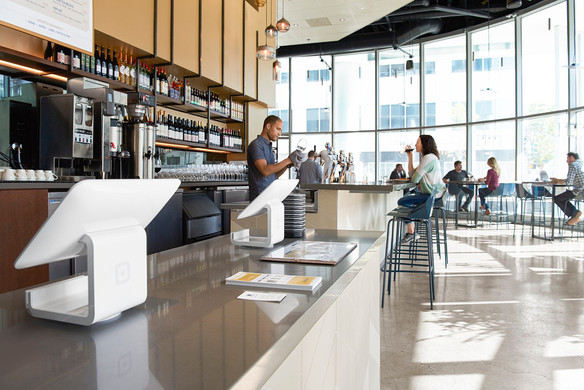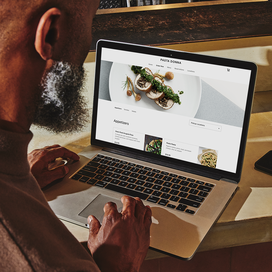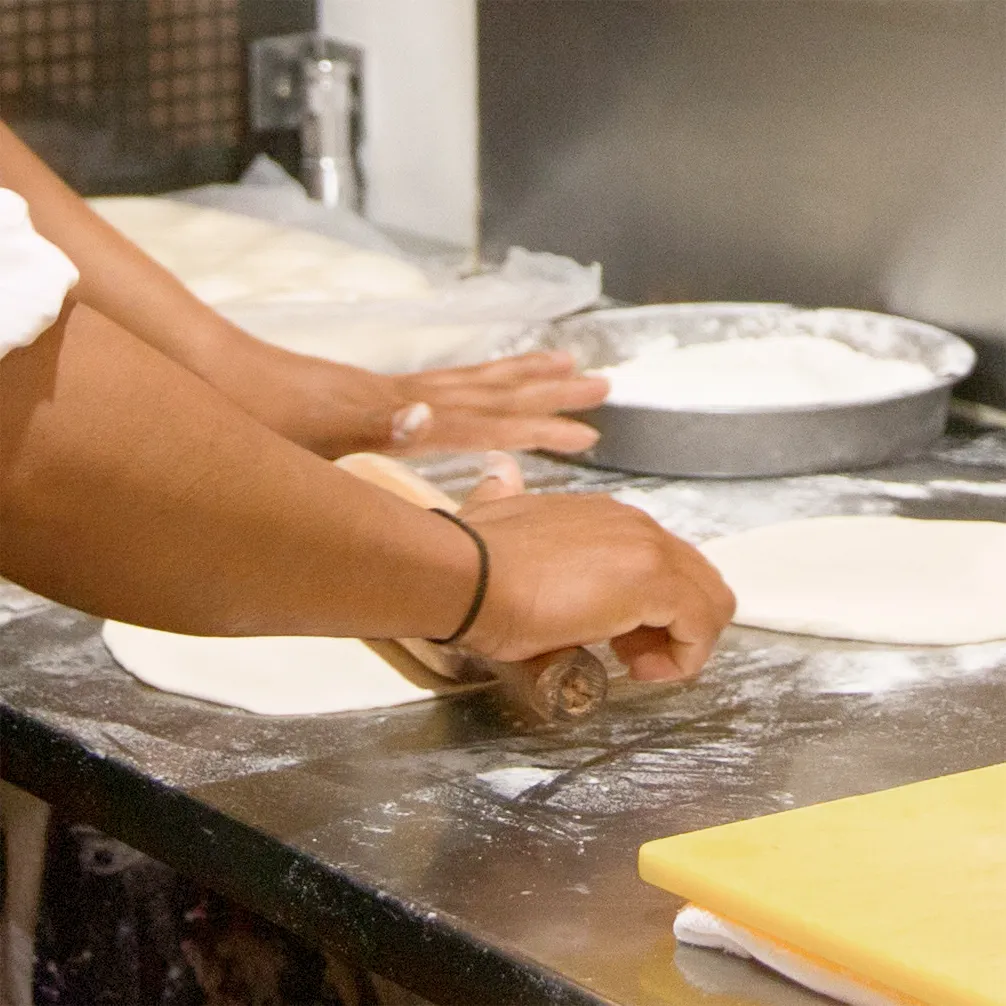Table of contents
Starting a restaurant can cost anywhere from $175,000 to $750,000, on average, depending on the size and location.
Miscalculated and underestimated forecasts can be a recipe for disaster, which should make any restaurant owner wary when starting out. But understanding the factors that shape a restaurant’s overall cost can significantly alleviate the risk of failure and help you formulate a strategic business plan.
Find out how you can make your restaurant less costly by doing the following:
Restaurant Startup Cost Breakdown
A restaurant incurs various costs when first getting off the ground; some of these are one-time expenses, while others are recurring payments.
First it is important to understand the costs you’ll incur before your doors even open. Major restaurant startup costs include:
- Restaurant safety permits and licenses
- Restaurant real estate
- Building deposit
- Renovation (depending on the current state of the acquired facility)
- Kitchen equipment
- Dining room furniture
When looking at how to manage a restaurant and the recurring costs that go into it, obvious expenses will come to mind like food and alcohol. But an owner should think about operational costs as well. Your operational costs encompass everything that keeps your restaurant running and they span a broad spectrum, from the cost of employees to the actual cost of the building.
Employee costs
Depending on the size of your front of house and back of house staff, labor can be one of the highest costs to manage for a restaurant owner. From front-of-house labor like servers, floor managers, hosts, and bartenders to back-of-house employees including all kitchen staff, you are responsible for hiring, training, and paying all employees at your restaurant. Having an employee management system, which can track these costs, can help you continuously strategize new ways to empower your employees and protect your business.
You also have to think about how to retain your employees, which could also cost you. The demand for work-life balance and a positive working environment has grown enormously and become a requirement for the current working generation. Explore different ways to keep your employees happy, which may include office outings, holiday parties, and more.
Building costs
In most cases, a restaurant owner leases out a space and is responsible for the monthly rent and utilities, which can add up quickly. Rent is dependent on the space you have selected. For example, a tenant space is less expensive than a freestanding building. With all the kitchen appliances and water usage at a restaurant, utilities can also really add up.
Forecasting these costs is extremely important when creating a budget and a strategic approach for your restaurant.
Hidden Costs of Opening a Restaurant
Masked in the shadows of a restaurant’s fundamental costs are the costs of starting up. While “expect the unexpected” sounds like a cliché, ignoring hidden costs can cause major monetary constraints later on. Here are some restaurant startup costs you may not be thinking about.
Ingredients
The overall cost of a meal can be deceiving and may come as a shock. The National Restaurant Association found that one-third of a restaurant’s sales goes back to food or beverage purchases.
Where does all this money go? For starters, the array of ingredients that go into one meal can be misleading. Let’s look at making a pizza. While it might seem stress-free, preparing a pizza requires an abundance of ingredients to make the dough and the sauce, and then there are the toppings.
Additionally, restaurant owners have to be wary of the waste potential for these ingredients. If your restaurant is only serving that specific pizza, will the ingredients be used elsewhere on the menu? What is the shelf life of these ingredients? If an owner doesn’t take a strategic look at the menu to make the most of ingredients, a lot of money could be lost. Who knew this much thought would go into making one pizza!
Menu changes
While you hope to stick with your original menu, tweaking, updating, or completely reinventing plates is inevitable- especially when you first open up. Trends change and demand for one food item may wane while another item may explode. Regardless of what you change, it will cost you.
As a new restaurant owner, it is important to keep it simple. Keep up with food trends — as well as demand — but don’t go overboard by offering obscure items that appeal only to a few. Use versatile ingredients to prevent waste.
Tableware
Tableware, which can include plates, cups, utensils, and napkins, is not always prioritized, yet it’s a vital component of both a restaurant’s functionality and its overall aesthetic. Typically restaurant owners underspend on tableware, which can cause shortages during peak hours and lead to other operational problems.
To avoid this, assess your predicted restaurant capacity and peak hours to gauge how much you should spend on tableware. The style of the plates, cups, and utensils you use also influences your overall spend and should be factored into your budget.
Chefs
Chefs often request certain equipment and utensils that may affect your budget and overall spend. So it’s important early on in the restaurant planning process to hire a chef who aligns with your concept and overall business goals. This helps mitigate any surprising requests that come down the pipeline.
Training
Restaurant owners often overlook onboarding and training staff, but it can be a large overhead cost, especially if you suffer from low employee retention. Create an efficient, multifunctional team to start out. Your restaurant point-of-sale software and other administrative systems should be easy to learn and execute, to cut down on training time. Some POS features that create efficiencies for servers include: effective table management, powerful menu modifiers, and seamless communication between the dining space and the kitchen. Finally, focus on retention rates and create an environment that makes your employees happy.
Creating a Restaurant Startup Cost Plan
All these restaurant costs need to be considered, evaluated, and prioritized. However, many restaurant owners have a hard time developing a fiscally responsible plan that still supports a unique, compelling concept. While it is important to keep things simple, owners don’t want their restaurant to be underwhelming and unimpressionable. This struggle usually leads to overspending.
Where do restaurant owners overspend and how can you prevent it?
Equipment
As a restaurant owner, remember to focus on the right equipment, not necessarily the newest on the market. Talk with your staff to gauge the tools they need and assess the menu to determine the essential equipment for food handling.
Technology
Just as with equipment, you want to find the best technology for your specific business. Start with an integrated restaurant POS system, which can handle your restaurant payments, receipts, inventory, and much more. Essentially, a POS system should make your life easier as a restaurant owner and promote growth for your business.
Decorations
From jaw-dropping chandeliers to captivating artwork, it is easy for a restaurant owner to become transfixed by expensive pieces and overspend on decor. Remember, a restaurant can create a memorable impression with minimal embellishment. One or two statement pieces in a restaurant can go a long way, so think quality over quantity.
Marketing
Marketing is an essential component of your restaurant’s success, but many owners tend to overspend on unnecessary strategies. It is important to choose marketing techniques that have a high return on investment (ROI) for your business. Social media might be a key strategy for some restaurants while email marketing tools may be a beneficial tactic for others. You might also think about hosting events like a pop up restaurant or a kitchen take over. Find out where your target market is and how it finds information.
When starting a restaurant, the risk of failure is a top concern for all owners. Planning restaurant startup costs can help you greatly mitigate restaurant risks and better strategize for success.
![]()













